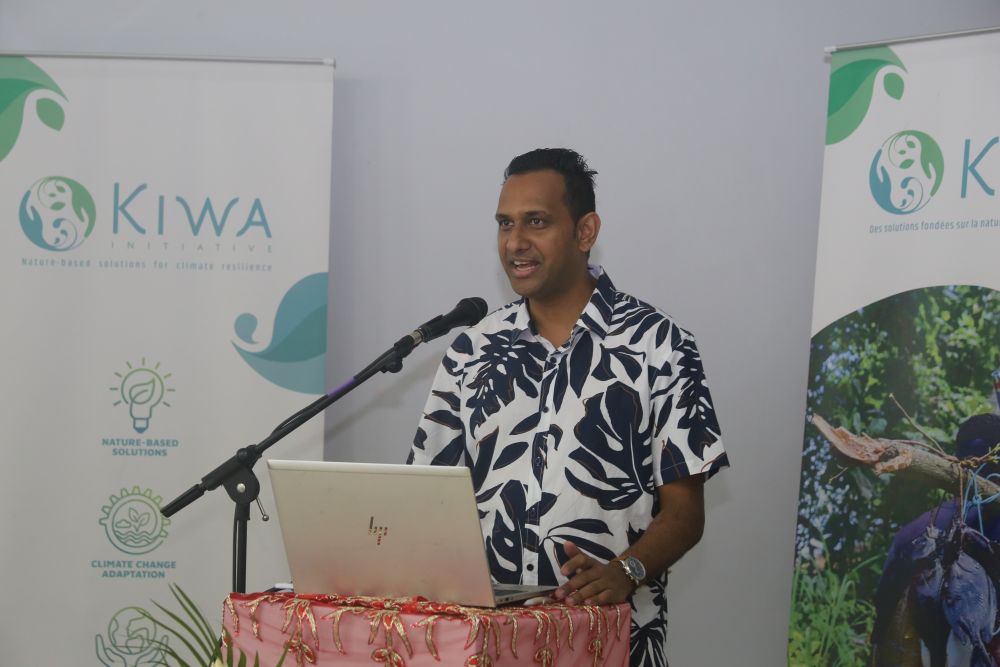[ad_1]
Source link : https://iucn.org/story/202405/oceania-nature-based-solutions-guided-iucn-global-standard-mr-singh-sheds-light
Author :
Publish date : 2024-05-22 20:28:49
Copyright for syndicated content belongs to the linked Source.

[ad_1]
Source link : https://iucn.org/story/202405/oceania-nature-based-solutions-guided-iucn-global-standard-mr-singh-sheds-light
Author :
Publish date : 2024-05-22 20:28:49
Copyright for syndicated content belongs to the linked Source.